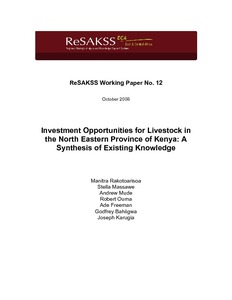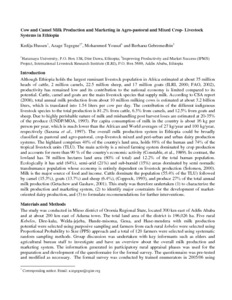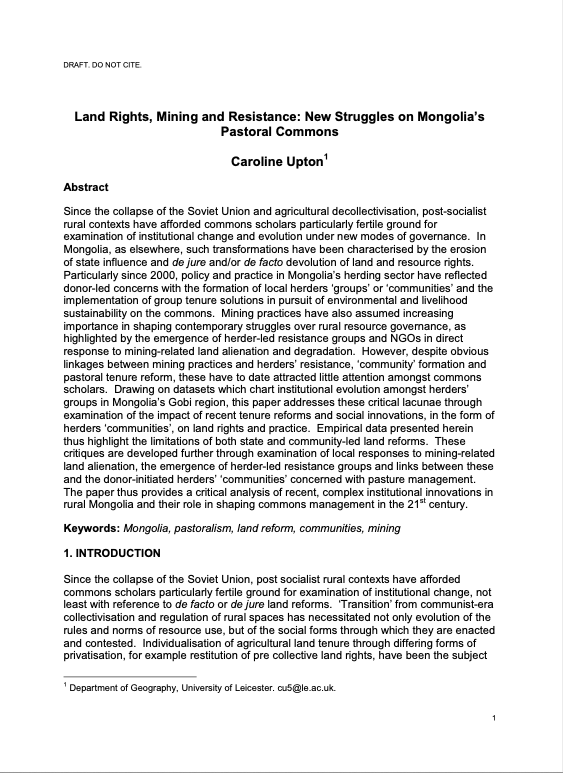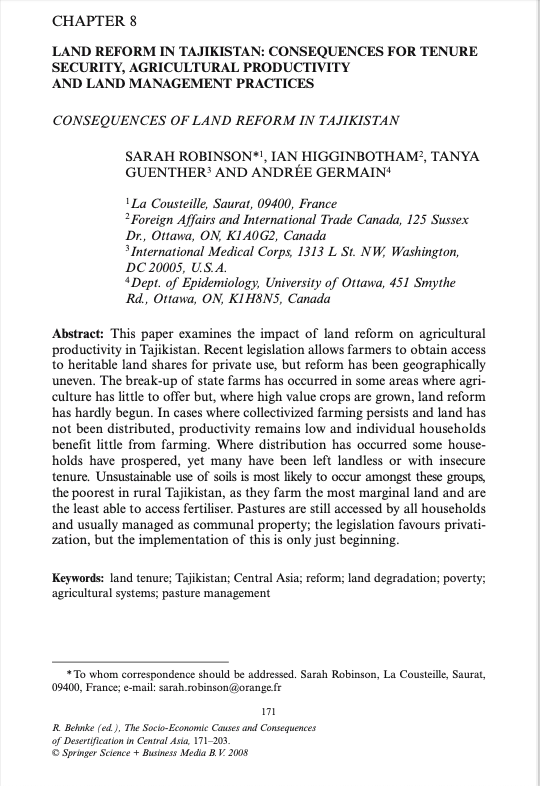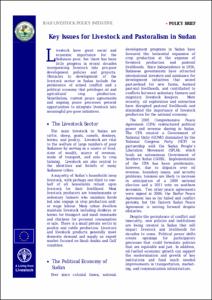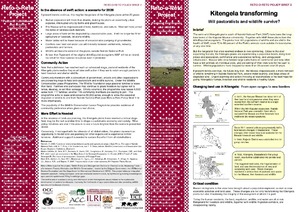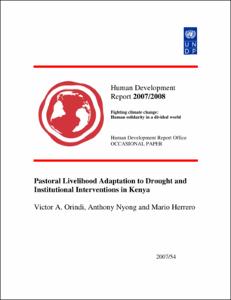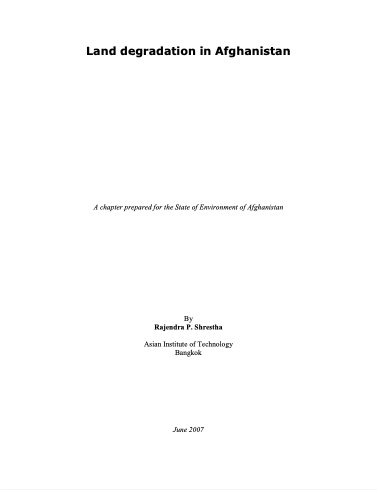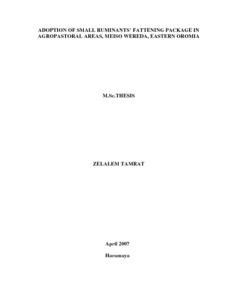Investment Opportunities for Livestock in the North Eastern Province of Kenya: A Synthesis of Existing Knowledge
Pastoralism is the dominant livelihood activity in the North Eastern Province (NEP) of Kenya. It is supplemented only by a limited amount of agriculture along the rivers. The province faces various developmental challenges including chronic poverty and food insecurity, low human capital and poor health standards, high vulnerability to climate change, poor infrastructure, insecurity and low crop and livestock productivity.

